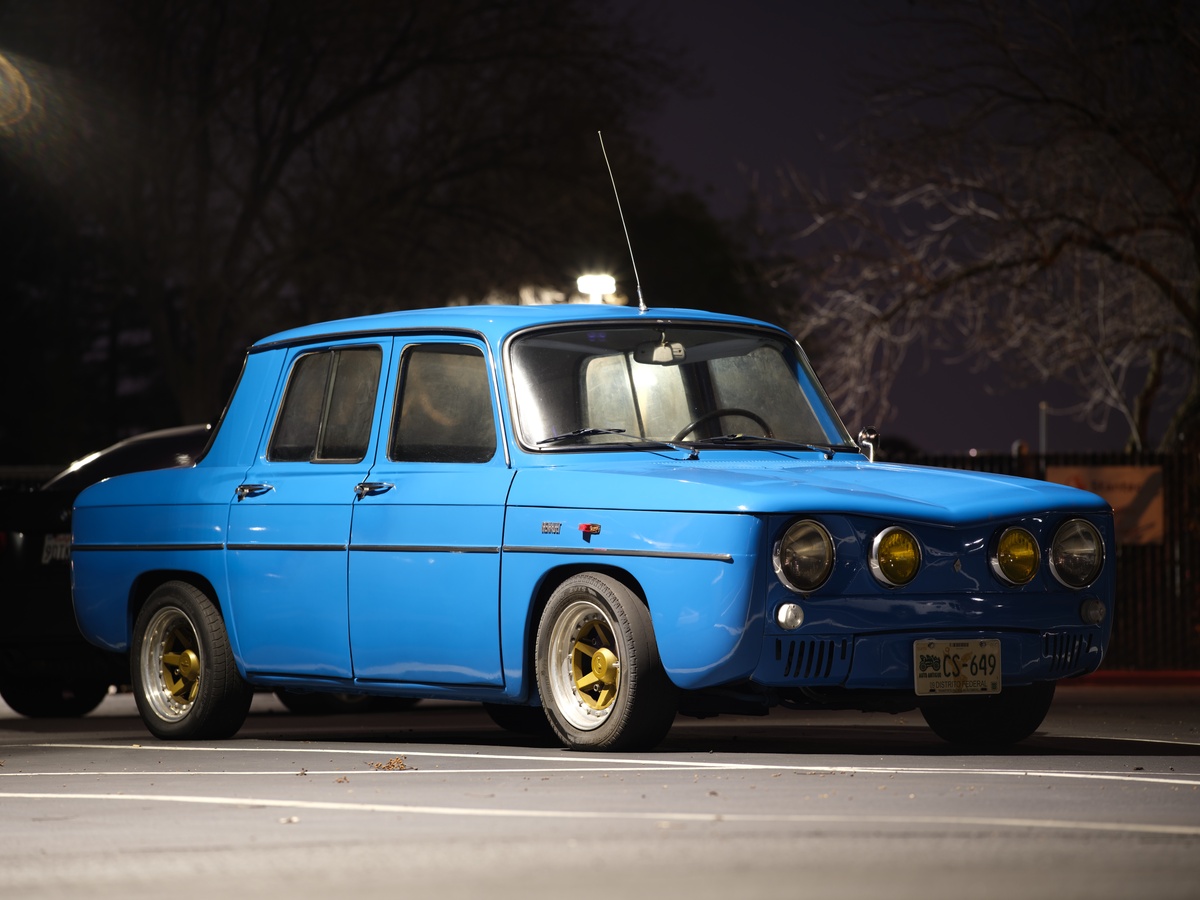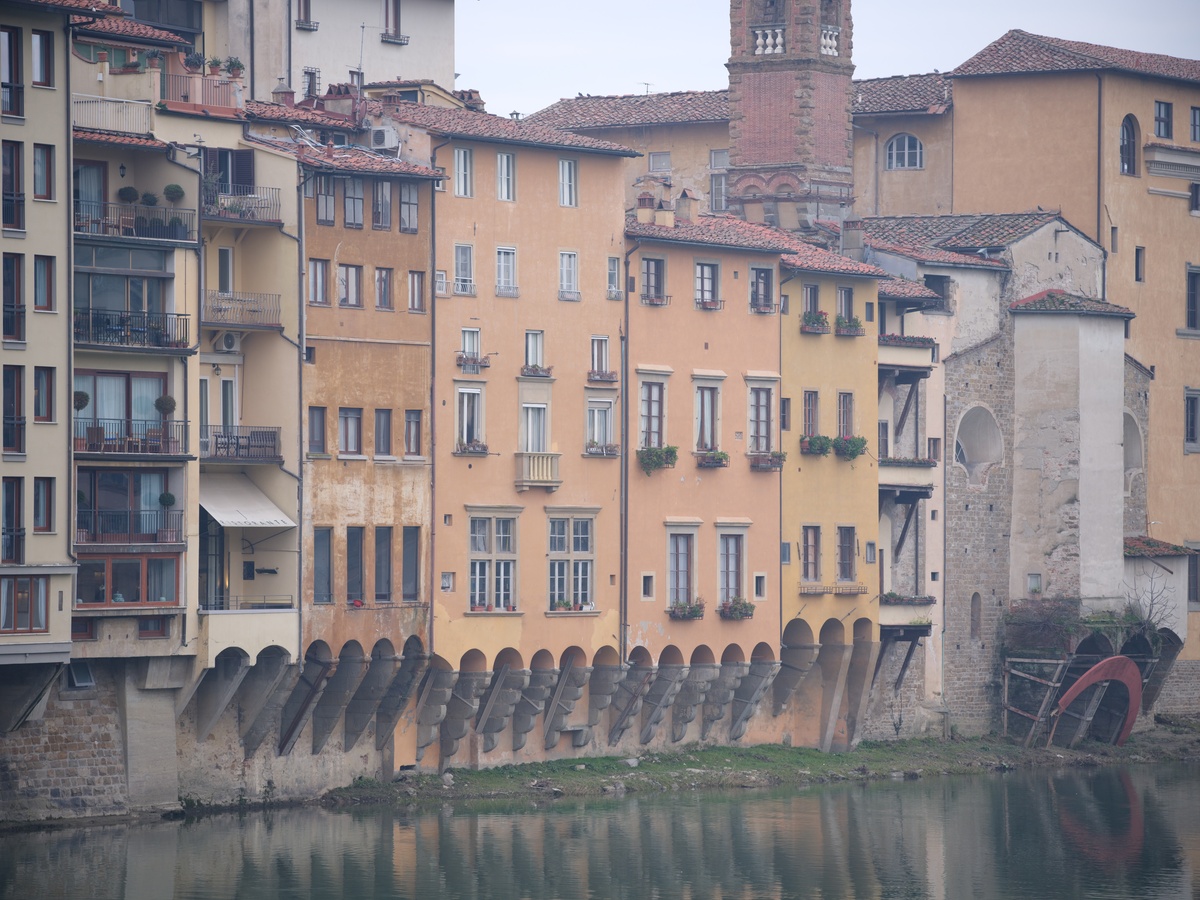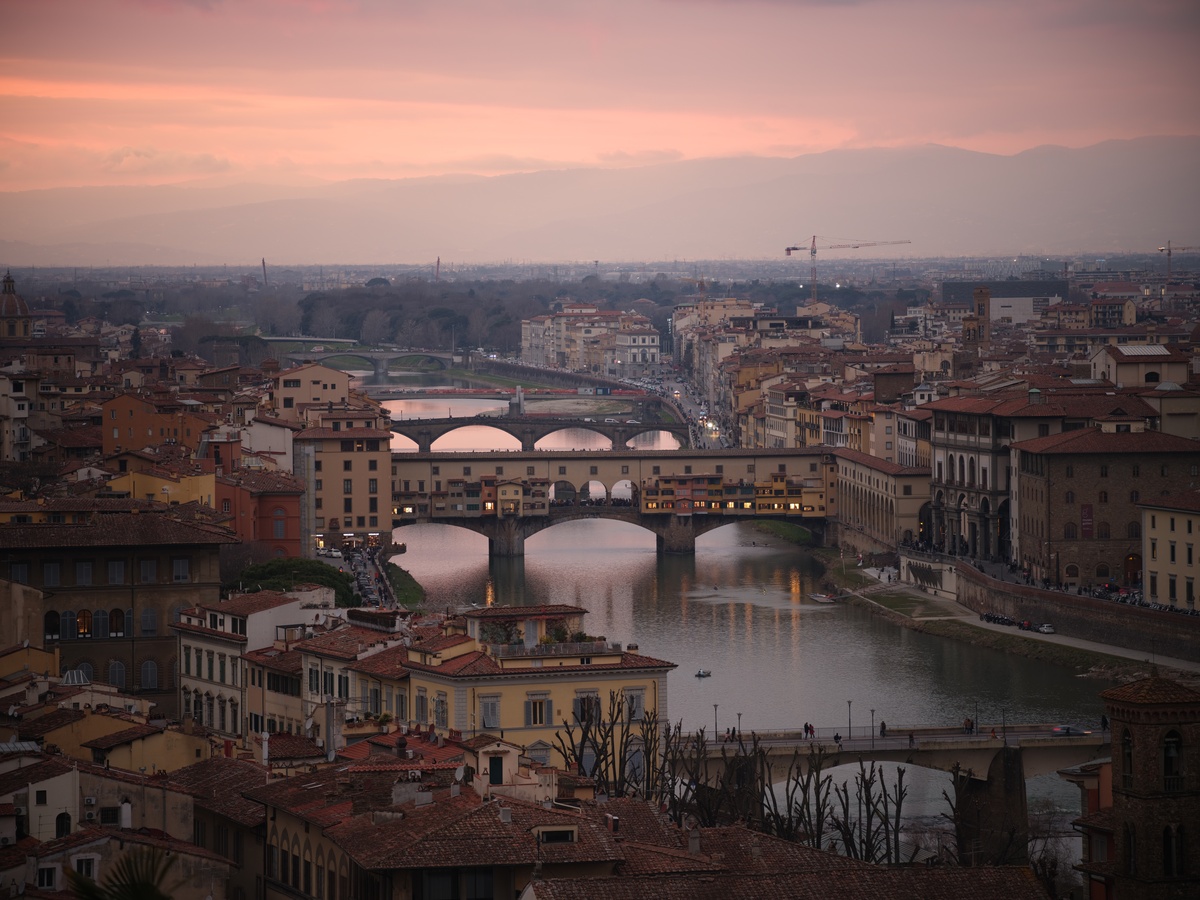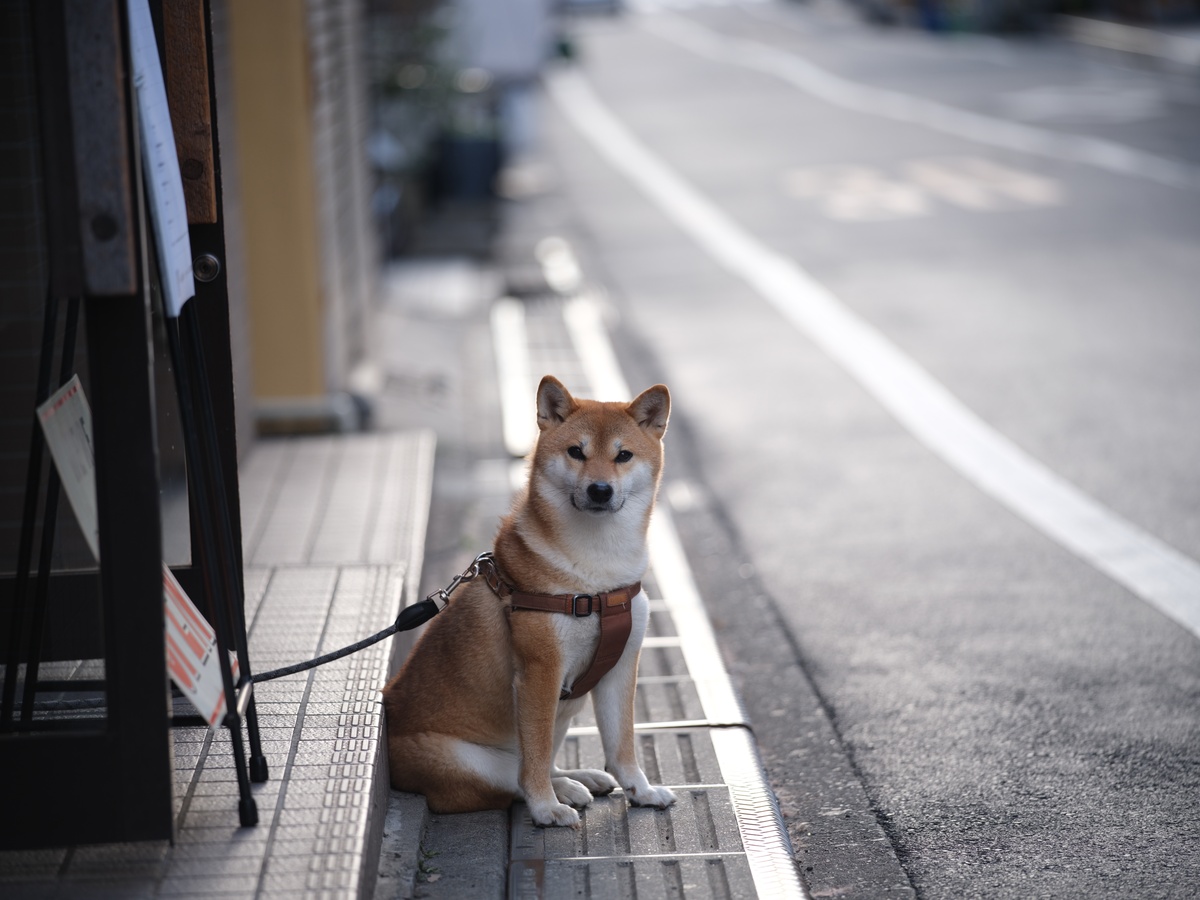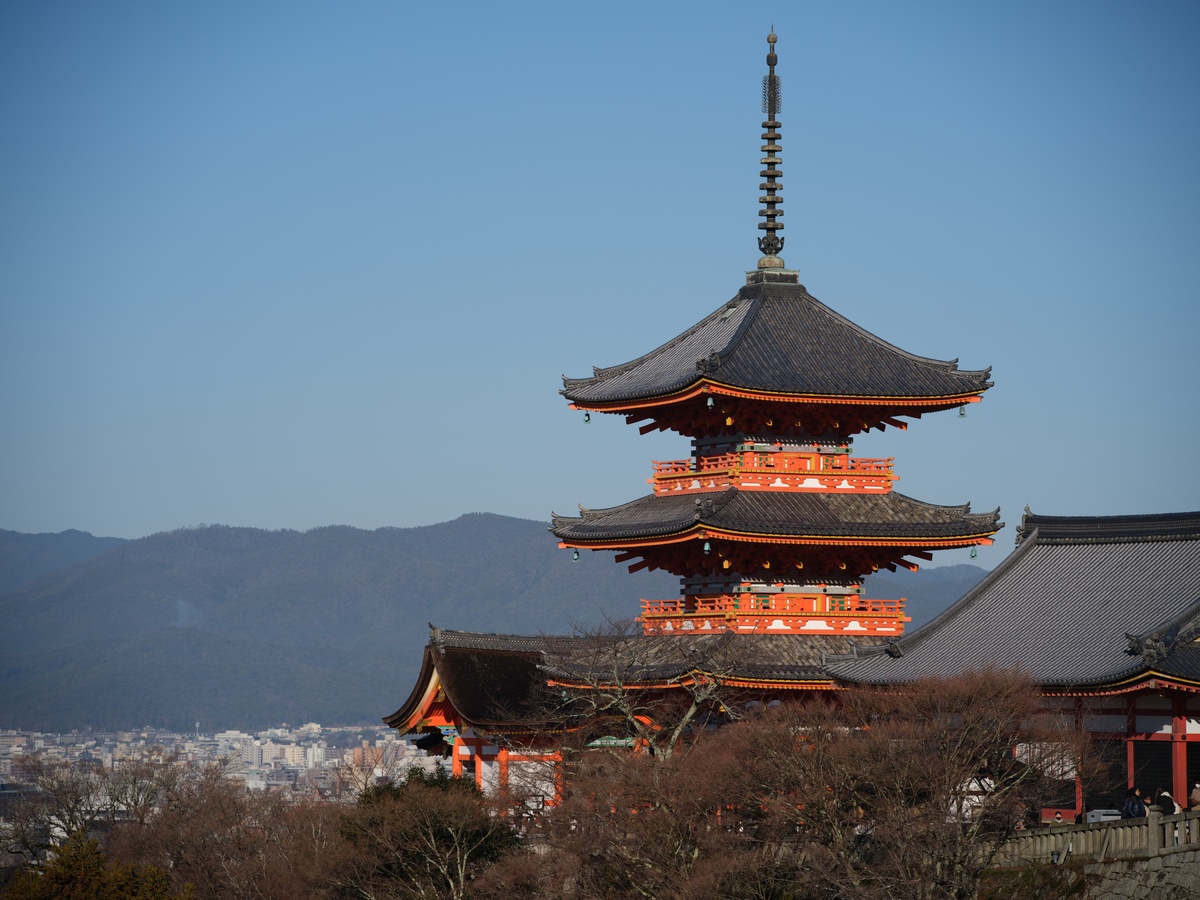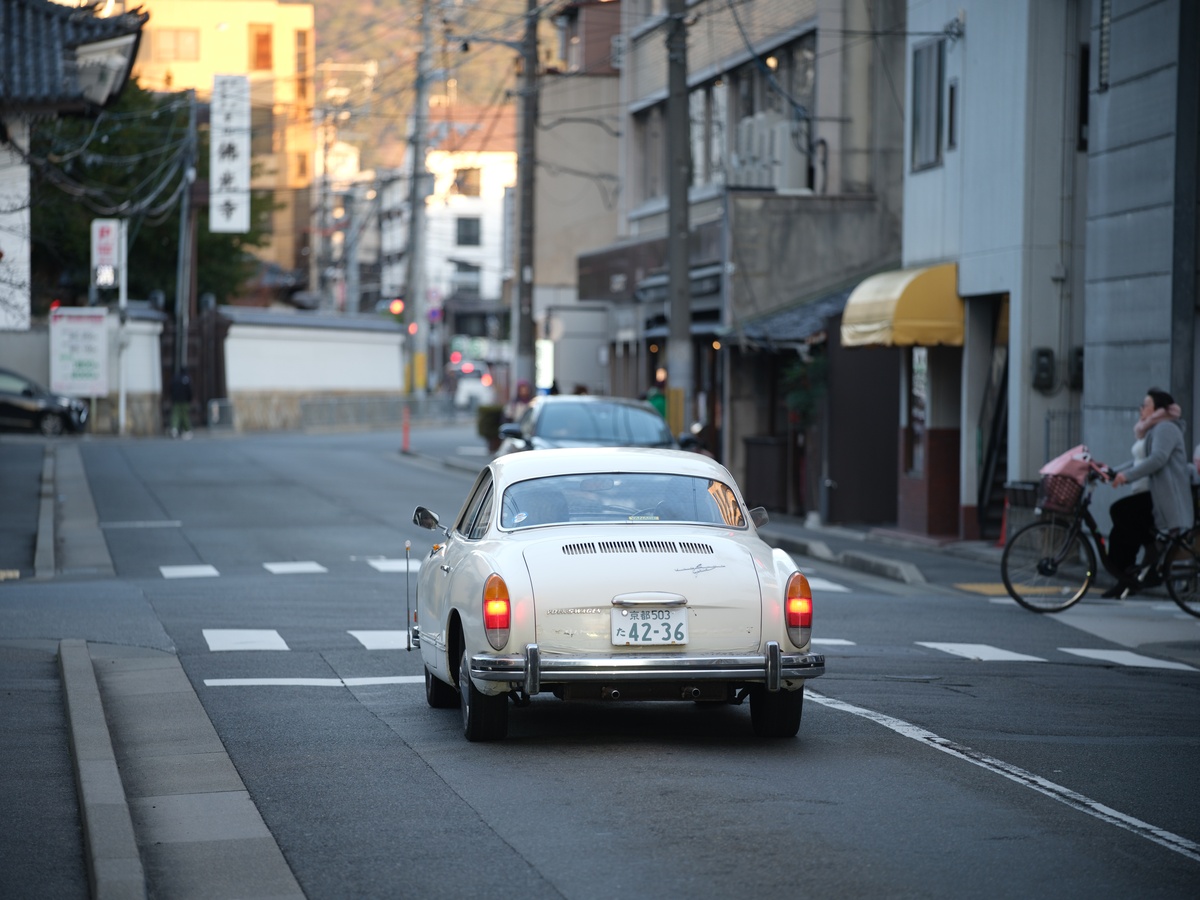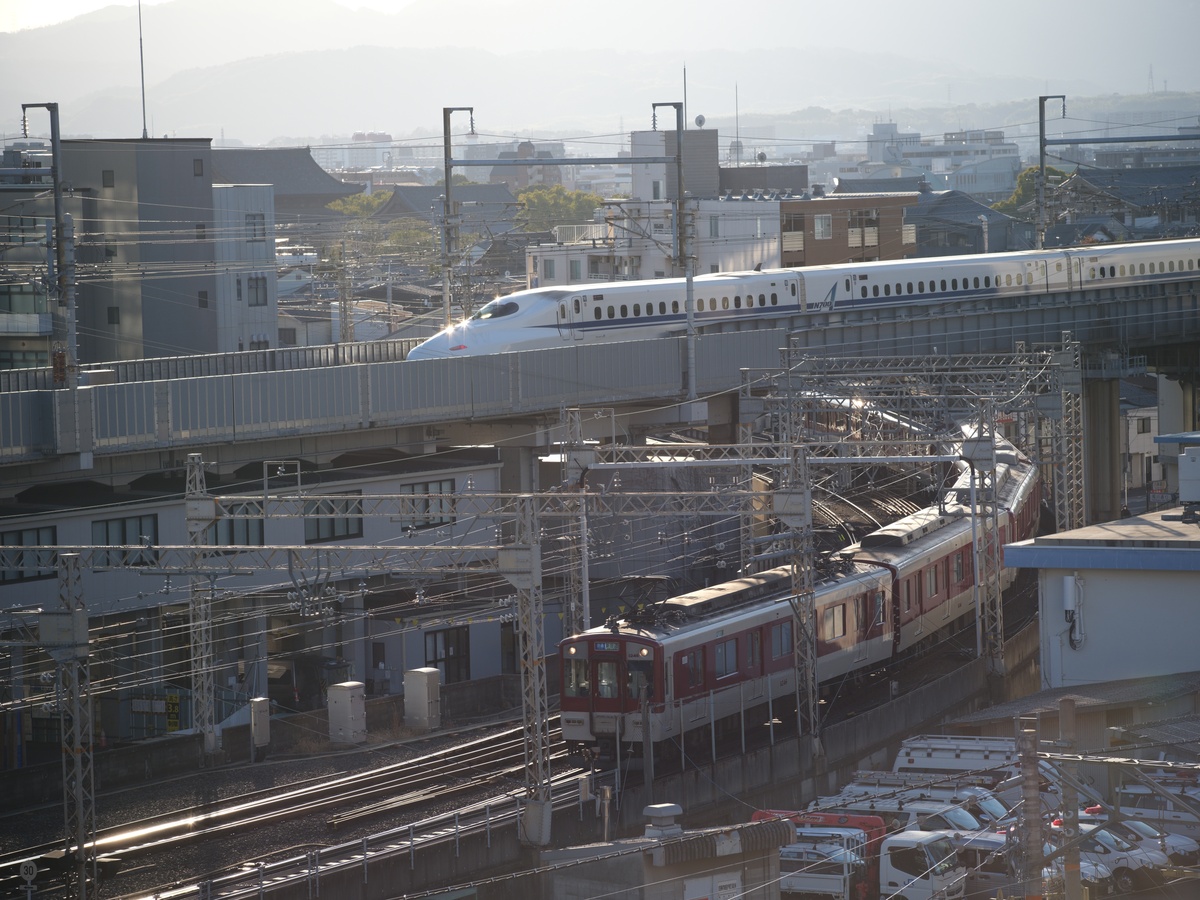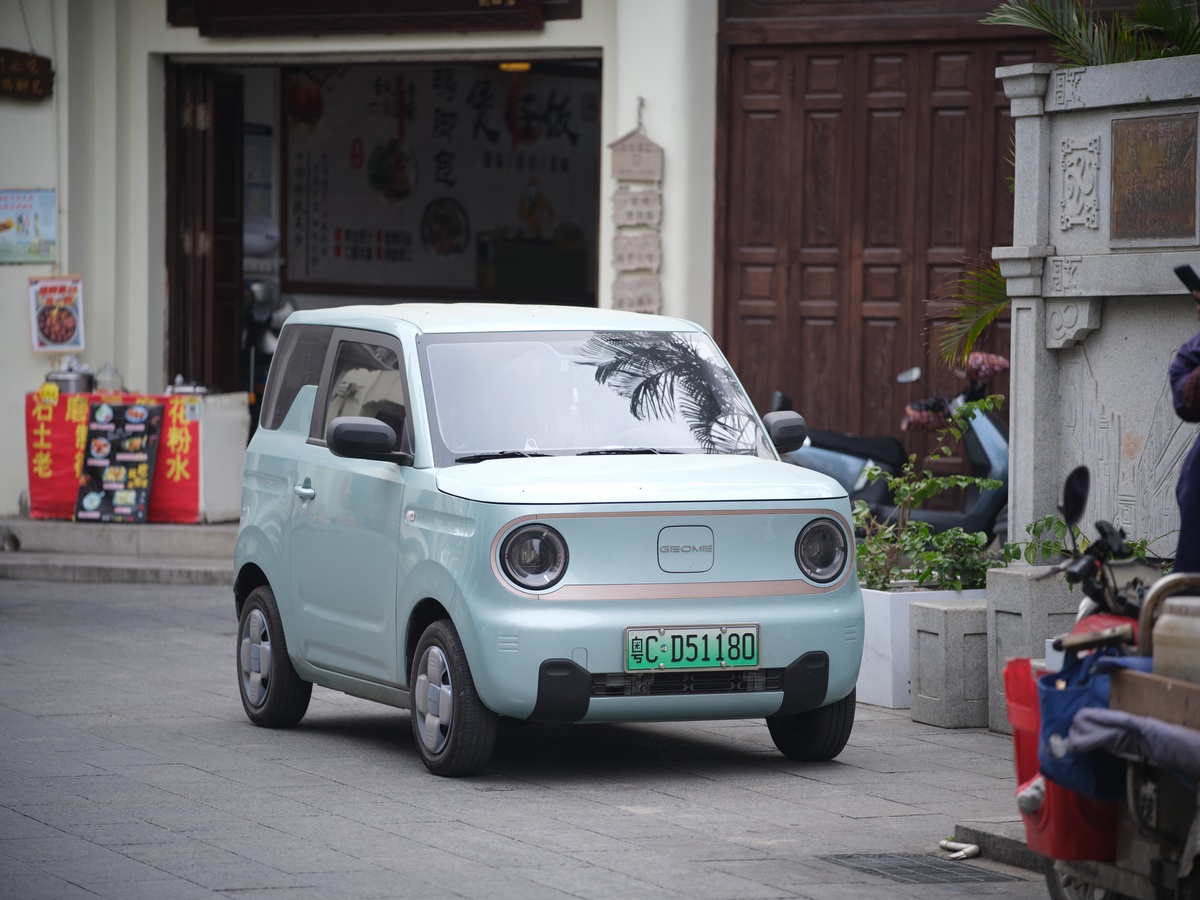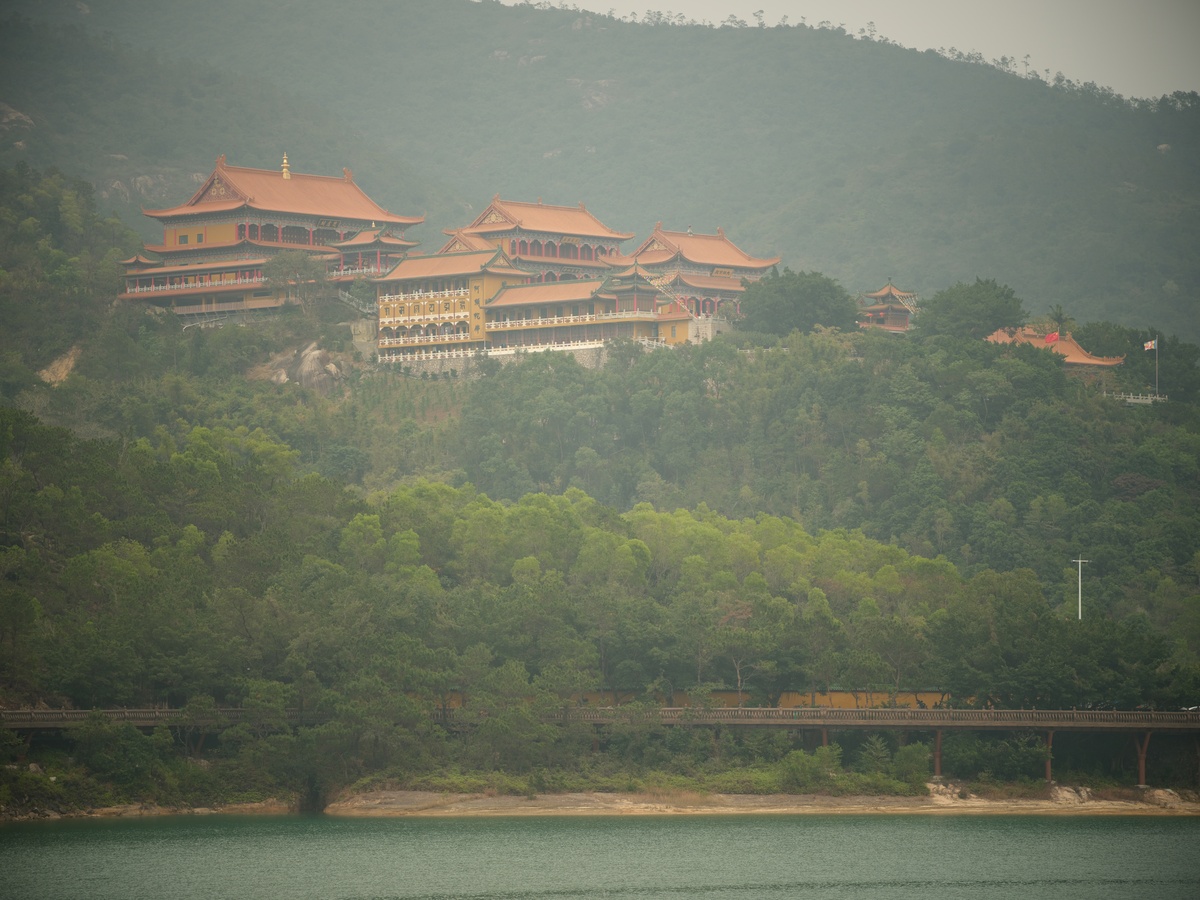Leica Apo-Telyt-R 180mm f/3.4 on Fuji GFX
In this blog post I will share a couple of unprocessed full resolution shots taken with the Leica Apo-Telyt-R 180mm f/3.4 on the Fujifilm GFX 100S. Although not a comprehensive lens review, it should give some idea of the performance of this lens, and the amount of vignetting (or lack thereof) to expect on the 44 × 33 mm medium format sensor.
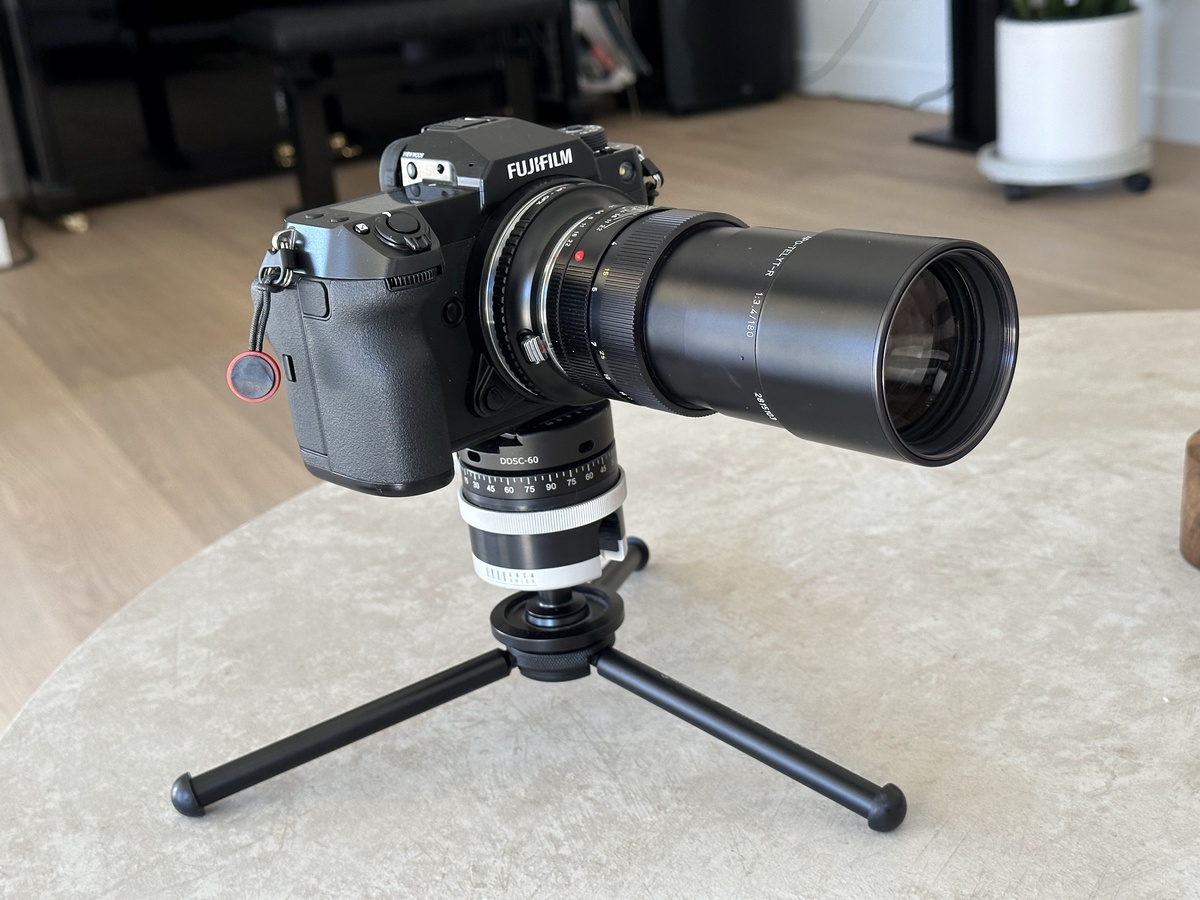
This lens was produced by Leica/Leitz Canada/Elcan in the 1970s and was designed by Walter Mandler. From a Leica Camera blog,
The Leica APO-Telyt-R 180mm f/3.4 lens was originally produced as part of a U.S. Navy High Resolution Small Format Camera System in the early 1970s, meant for use in surveillance at long distances. It was made available to the public in 1975.
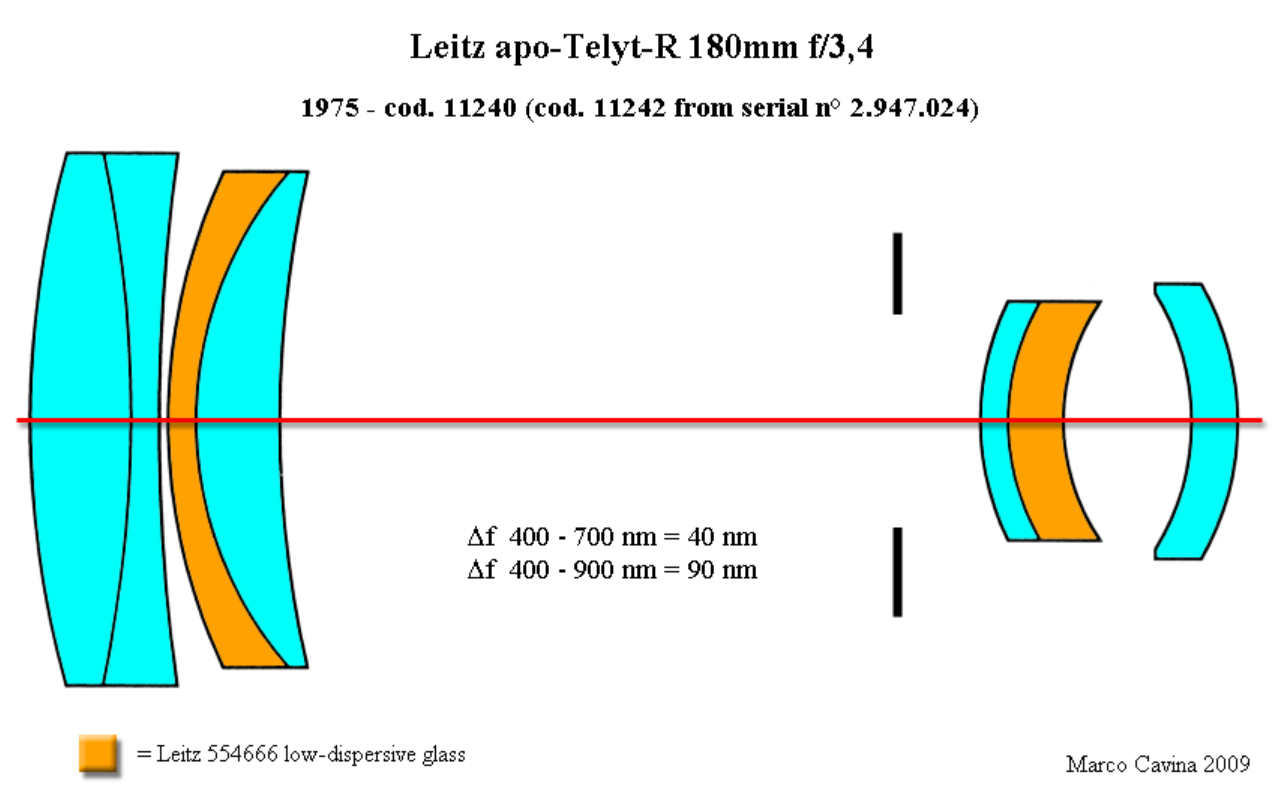
This lens has highly satisfactory sharpness across the frame of the GFX 100S. Only in the extreme corners is there a slight loss of sharpness wide open. There is also a small amount of lateral chromatic aberration in the corners which is easily corrected in software. Notably, there is almost no visible longitudinal chromatic aberration at all, even for shiny chrome objects in direct sunlight. This is exceptional and the lens is fully deserving of its apochromatic name. On the GFX, there is a slight amount of pincushion distortion.
The vignetting on GFX is noticeable but it is only “soft” vignetting which can be corrected. Bear in mind, however, that when using in-body image stabilization (IBIS), the sensor may be shifted. This can cause vignetting that is not radially symmetric, which can lead to a weird image that is harder to correct digitally.
The coatings from the 1970s are not as contrasty as modern optics, and my copy might be slightly hazy. As such, when there is serious backlighting, loss of contrast may occur across the frame. Furthermore, since the lens is designed for taking photos of faraway objects, there may naturally be a lot of atmospheric haze. Nonetheless, this does not affect the majority of photos, as you can see from these unprocessed shots.
Thanks to its compact size relative to other lenses of a similar focal length, it handles quite well on the Fuji GFX 100S and it is pleasant to use. The lens and the K&F Concept adapter weigh 882 grams including front and rear lens caps.
In general, I highly recommend this lens on Fuji GFX.
